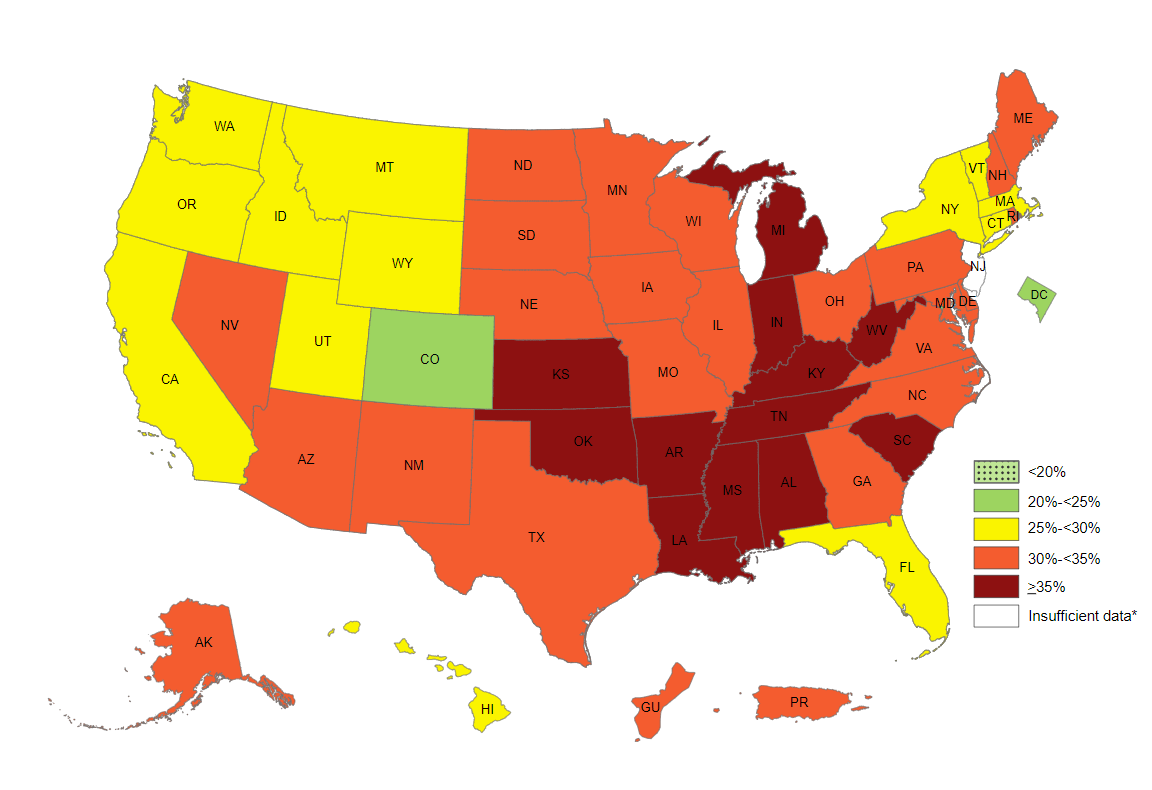 24% of the United States; population between the ages of two and 17 are obese. Often obese children will remain obese in adulthood. While obesity is not a chronic condition, it is a risk factor for many chronic health problems such as coronary heart disease, type 2 diabetes, stroke, and cancer.
24% of the United States; population between the ages of two and 17 are obese. Often obese children will remain obese in adulthood. While obesity is not a chronic condition, it is a risk factor for many chronic health problems such as coronary heart disease, type 2 diabetes, stroke, and cancer.
Eating habits are a primary contributing factor to the obesity epidemic we are facing. Since our eating habits from childhood become automatic as adults, they can be challenging to break.
How Habits are Formed
Think about something that took you a long time to learn, such as riding a bicycle. At first, riding a bicycle was difficult, but you devoted time and energy to learn this activity. As time went on, you grew more and more comfortable with riding your bicycle. You could even say it became habitual.
Neuroscientists have traced our habit-making behaviors to a part of the brain is known as the basal ganglia; this part of the brain plays a crucial role
in developing emotions, memories, and pattern recognition.
Charles Duhigg mentions that the basal ganglia can do complex behaviors without being mentally aware of it all.
Eating Behaviors Are Learned Early in Life
You might be thinking, “What does this have to do with my eating habits?” Well, it has everything to do with it. Food and behavior are inextricably linked during infancy and early childhood, so it is no surprise that adults repeat what they have learned so early in life.
While early eating habits are formed, anything that becomes a “normal” behavior is likely to stay with you as an adult, such as rewarding yourself with candy, finishing everything on your plate, or feeling guilty about uneaten foods. These factors contribute to overeating or eating the wrong things as an adult.
Dr. John Foreyt says, “Many people are skeptical about changing their diets because they have grown accustomed to eating or drinking the same foods,
and there is a fear of the unknown or trying something new.”
How to Change Eating Habits for Good
Healthy eating habits are more than what foods you eat; it also incorporates how you fill your plate and eat your food, all of which we developed during childhood.
The Centers for Disease Control and Prevention discusses a way to improve your overall eating habits permanently. First, you can start by reflecting on all your eating habits, both good and bad, along with common triggers for those unhealthy eating habits.
Next, you start replacing your unhealthy eating habits with healthier ones, such as a candy bar with some granola.
Finally, you reinforce your new, more nutritious eating habits by stating a positive affirmation or giving yourself a high five. It takes time to create new habits but if you stick with them, you can improve your eating for good.
